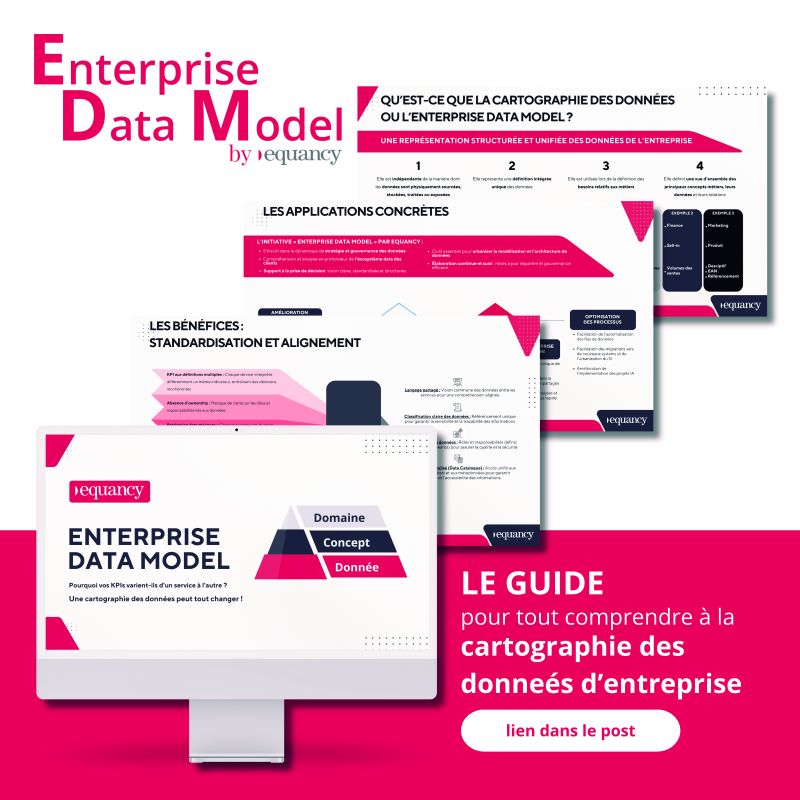Data-driven shop assortment management to reduce costs and increase customer loyalty
While data has always been an essential resource for fuelling different business activities, machine learning and data science are now bringing a new dimension to this type of management. It is in customer/prospect segmentation, in particular, that progress is most obvious. Indeed, this technique has many uses: building the image of a new product, engaging and retaining customers, generating leads... but it is also useful for logistics! Retailers, in particular, are increasingly using data to manage the 'product' assortment of their various outlets. Until now, this task was carried out by shop managers on the basis of their sales history and their personal knowledge of their customers. This quasi-empirical method, however, is biased and can lead to significant costs. However, Artificial Intelligence can overcome these biases and provide shop managers with more reliable predictions about the expectations of their catchment area.
A task based on empiricism, with many biases
Shop managers have to decide almost every day what to stock in order to fill their shelves and meet the needs of their customers. This is a difficult task, as there are so many parameters to take into account. However, it is still often done on the basis of a shop's sales history or the manager's customer knowledge. While sales data generated over a year - or even over several years - is a good basis for building a "product" assortment, it is not sufficient to be totally reliable.
From one year to the next, the weather may be completely different (heat wave, snow), public holidays may or may not be conducive to "bridging", festivals may occur at the weekend or during the week, a sports team with a strong local following may or may not qualify for a major competition, etc., all of which may transform consumption habits in a catchment area. In the longer term, more profound changes can take place. For example, since the beginning of the COVID-19 pandemic, the use of local shops has increased to the detriment of the larger stores. A neighbourhood may surreptitiously become gentrified or impoverished and thus see the consumption habits of its inhabitants change. Over the years, an area mainly inhabited by families will become a neighbourhood mainly occupied by senior citizens, etc. All these criteria must be taken into account, sometimes in real time, to predict which products will be purchased in the next few days and at what rate customers will buy them. A mission that is almost impossible to carry out without error by a single human.
However, approximations in the assortment have important repercussions! Ordering more than you sell leads to storage costs and even losses when it comes to perishable products. To these costs must be added the costs of producing, transporting and handling the products. On the other hand, in the event of a stock shortage, customers, frustrated at not finding an important product on the shelf, may do all their shopping in another store... and perhaps take a permanent liking to it!
Artificial Intelligence to assist shop managers
Earlier, we noted that taking into account the hundreds of criteria determining consumer needs was not possible for a single human. However, this is the case if he is assisted by artificial intelligence! Indeed, the latter makes it possible to build predictive models based on the thousands of data generated by all the shops of a given brand.
Beforehand, the various shops are categorised according to differentiating criteria such as their location (city centre or suburban), their surface area, the services they offer (car park, drive-through, etc.) and their environment (near offices, schools, etc.). These parameters will make it possible to determine the type of consumer these outlets are aimed at. At the same time, the products offered by the store are themselves categorised to correspond to the different customer profiles and their concerns: price, organic, ready-made meals, batches/large containers, services. Finally, the most common product mixes must be taken into account. For example, if certain brands or ranges of pizza dough and tomato sauce are always bought together, it is essential to offer these combinations in the same shop so as not to risk losing a consumer's entire basket!
Based on this mapping, the algorithm will match shops according to their similarities: what is requested and purchased in shop A, should probably be purchased in a shop with the same criteria. This is how a typical range can be proposed to all the managers of "twin" shops. And to ensure that these recommendations are reliable in the long term, external data is added, such as calendar data or the weather, for example.
Data science solves a fundamental question in the retail business: how to offer the right range of products, without over- or under-stocking. While the primary aim is to reduce costs, this method also meets the objectives of sustainable development - since fewer products are thrown away - and customer loyalty. On the one hand, because a customer who finds everything he needs in the same place is a returning customer, and on the other hand, because a manager who is relieved of a large part of his work on the assortment will be able to devote more time to customer relations!




